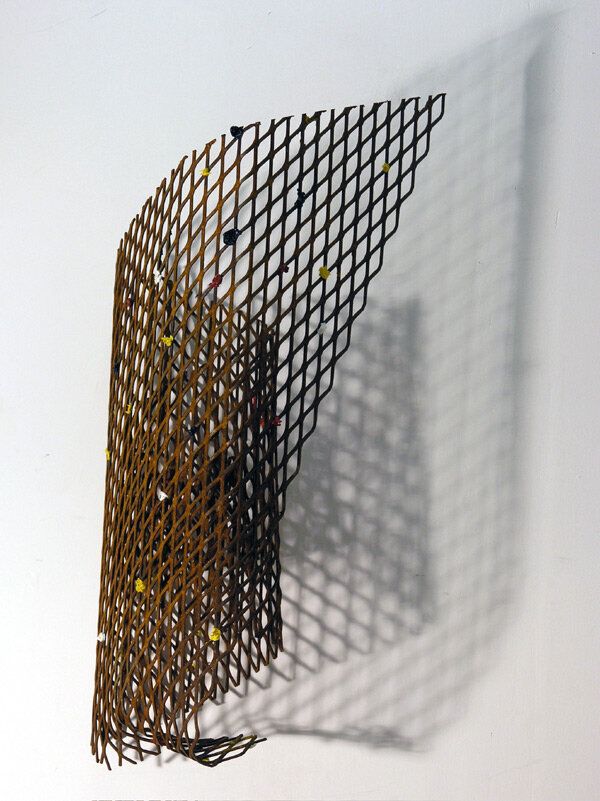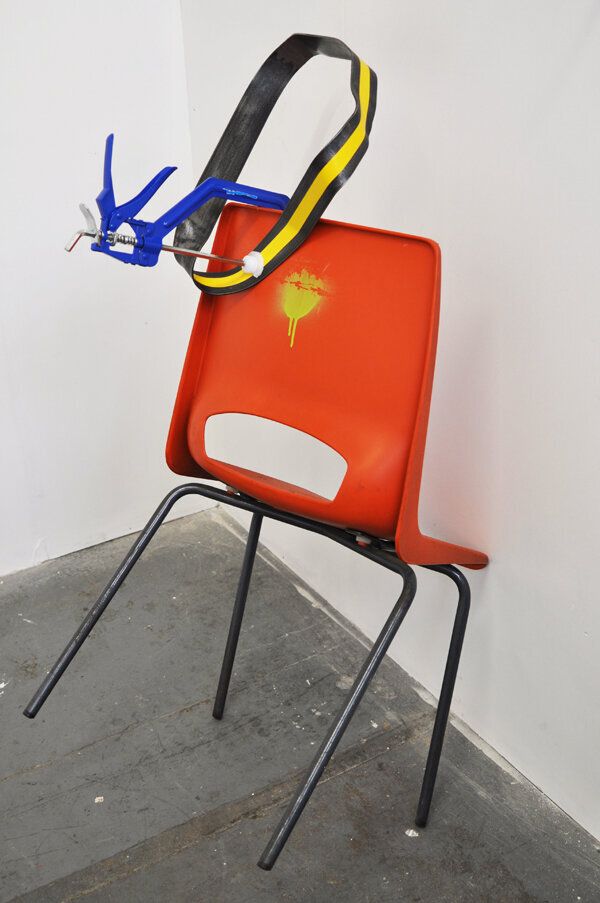Minimalism has evolved in the last years from a reaction to Abstract Expressionism to a fusion of different art movements such a Conceptualism and Arte Povera and it is becoming more prominent in the Arts scene. As Juhani Pallasmaa said in the book, Architecture in Miniature:
"After the bacchanal of postmodernism, the time has again come for neo-minimalism, neo-ascetism, neo-denial and sublime poverty".
Artists are rediscovering the use of austere materials, and the ready-made, in a more elaborate way, but without missing the main point of Minimalism: the beauty of the material.
Ever since Marcel Duchamp boldly exhibited a urinal as his now infamous 'Fountain' piece in 1917, artists have continued to comment on the relationship between people and material objects. Through the erosion of bourgeois artistic values, movements such as Dada, Arte Povera, as well as groups like the Conceptualists and the Minimalists, have all extolled the values of ready-made found objects. It is this democratisation of art for all that strongly influences current Latin artists. After all of these art movements, artists seem to use found or ready-made objects in a more subtle way. Perhaps the current socioeconomic situation allows them to take it to the next step.
Latin artists with a strong Baroque heritage has responded to this movement in a raw and at the same time very sophisticated way.

Object 5 by Lorenzo Belenguer
Lorenzo Belenguer, a Spanish artist, as Kathy Battista, the director of Contemporary Art at Sotheby's, says:
"Belenguer's work straddles the realms of sculpture, painting and drawing. In one area of his practice, he transforms metal objects into sculptures that evolve from the visual rhetoric of Minimalism and double as 'canvases'. The work is then dictated by his discoveries, which include steel grids, a mattress reduced to its mesh of springs, and blacksmiths' tools. He intervenes with these structures dabbing them with paint of primary colours. This transforms how the objects are read, emphasising the points at which layers of meaning converge. For example, in "Homage to Pollock" a spring mattress becomes a three-dimensional, and strangely fluid, abstract canvas."

Sky High Axial Plane by Carlos de Lins
Carlos de Lins, a Brazilian artist, explains:
"In my Linescapes series of canvases I articulate the idea of space through geometry and modified perspective. I deconstruct buildings to create composites from their essential elements, choosing colours to define the atmosphere. In this way I am seeking to renegotiate our relationship with these physically and emotionally impenetrable structures, creating an idealised hybrid space. What intrigues me most about these examples of modern architecture is their simultaneous ability to impress and oppress us as citizens, trapped in the landscapes they create."

Loop Series (chair) by Irene Lopez Hernandez
Finally, Irene Lopez Hernandez, a Spanish artist graduate from Goldsmith, is also very interested in investigating shapes and colours by the use of austere materials. Hernandez as a sculptress is concerned with form and in particular with the properties of materials. For the Loop Series she heated and twisted steel to make the loops. The final shape of the work was determined only through the process of working directly with this noncompliant material. This is the result of the loop series, the exploration of repetition - a form of unconscious representation. Another theme in this latest series of sculptures is the exploration of balance between a sculpture and its base. Hernandez explores arrangements in which some loops are wallmounted and others placed on any type of elevated base or plinth, two MDF boards, an aluminium shelving unit, cardboard boxes, stools from the studio.
Those interested in Latinoamerican Art are in luck: two major events focused on artists from Latinoamerica, Spain and Portugal, open next week. Pinta 2013, which opens on the 5th of June, will exhibit over 60 leading galleries from across Europe and the Americas, including a brand new section titled ART Numérique or Digital Art. Other highlights will include solo shows dedicated to two influential Argentinean painters: Cesar Paternosto and Luis Tomasello; PINTA Projects, curated by Catherine Petitgas and Kiki Mazzucchelli, showcasing the works of young Latin American artists living and working in Europe, and a fantastic programme of events, including speakers from the Tate Modern, Barbican, Serpentine Gallery, Whitechapel Gallery and the Royal Academy of Arts. And DRAF, David Roberts Art Foundation , which opens on the 7th of June, will explore the vibrant and specific context of the Latin American art scene in London in the 60s and 70s. Curated by Pablo León de la Barra, this exhibition focuses on London as an instrumental destination for artists from Latin America as a place of freedom and experimentation.